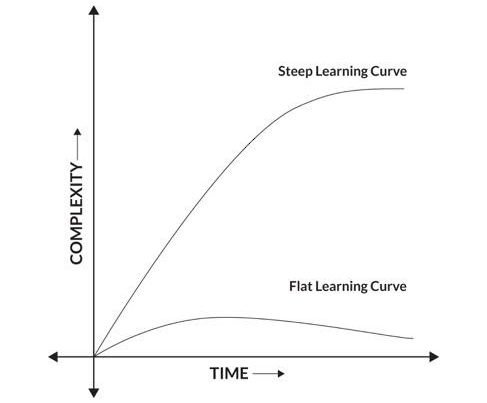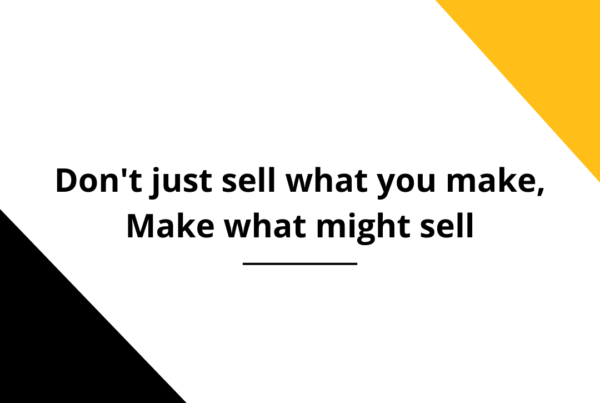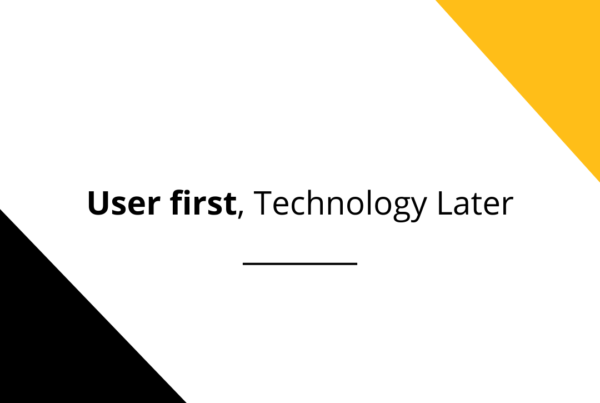
By Dr. Kaustubh Dhargalkar
How have service levels evolved over the past century? Advances in technology have been the major influencers in the way companies have reached out to consumers.
The following analysis is an attempt to understand how business models have evolved, are evolving and should evolve with regards to service design.
There are four stages in this evolution:
Stage 1: “Demand searches the Supply” – The consumer goes to buy what she needs to a place where the company has made the product available (upto the 1960s)*
Stage 2: “Supply searches the Demand” – The company provides the product where the consumer needs it (1960s to 1990s)*
Stage 3: “Ubiquity of supply” – The company provides the product as ubiquitously as possible (2000 till 2011) *
Stage 4: “Demand anticipation and locational delivery” – The company anticipates when and where the consumer will need the product and make it available there (2011 onward) *
*The timelines mentioned above for each stage are indicative of the service levels and maturity of delivery mechanisms, they would differ from industry to industry.
Let us look at this stage-wise evolution with a REAL example of how the ‘Packaged Drinking Water’ business has evolved and may evolve.
Stage 1: Packaged drinking water became available in bottles (glass then, plastic now) around fifty years back. When a consumer felt thirsty and wanted to drink water, she went to a store and bought a bottle. This is the stage that I refer to as, “Demand searches the Supply”
Stage 2: Next came the five, ten, twenty litre packs of packaged drinking water which would be home-delivered whenever required, i.e. companies began providing the product when and where it would be required. This is the stage, I refer to as, “Supply searches the Demand”
Stage 3: Later, bottles of packaged drinking water became available through vending machines, i.e. the supply became partially ubiquitous. Full ubiquity was achieved when UV & RO water filters got fitted in households. People could filtered and treated water at the press of a button though the tap. This is the stage, I refer to as, “Ubiquity of supply”
Stage 4: Companies in the packaged drinking water will anticipate when you will feel thirsty and be there with a serving to quench your thirst. This can be done by
- Tapping and analysing your behavior, i.e. when do you drink water?, the weather patterns, seasonal variations, your activity levels at different times etc…. Today, all these parameters can be tapped as one’s footprint can be followed via the web. That’s where BIG DATA is playing a significant role.
- In the not-so-distant future, this anticipation of ‘when you will feel thirsty’ will be predicted more accurately through ‘Wearable Gadgets’. Wearable technology has enabled the tapping of various physiological parameters such as pulse rate, breathing rate, blood pressure etc. ….so why can the feeling of being thirsty not be predicted with various physiological parameters. Maybe, ‘Dryness of Throat’ could be measured and the time you will feel thirsty can be predicted……
This is the stage that I refer to as, “Demand anticipation and locational delivery”. Companies need to figure out delivery mechanisms to make the water available to the user at the point of need.
The stages mentioned above are not water-tight. Multiple stages could exist simultaneously in a company’s business model. In the above cited example, vending machines and water filters co-exist with home-delivered packs and bottles available through conventional retail too. Also, the same product could be in different stages depending on the geography in which it is being sold, e.g. in a rural area a company may adopt a ‘Demand searches Supply’ model,
while in an urban area, the company might have to adopt a ‘Supply searches Demand’ model due to increased competitive pressure.
The use of the delivery mechanism of water is just a metaphor for products and services that businesses offer to consumers and has to be treated as one. Parallels in other industries need to be understood from that perspective.

How to interpret the above graphic?
Any company would want to operate in stage 1 mode, where consumers would stretch themselves to buy their product, i.e. ‘Demand would search Supply’. This happens when the company has a monopoly in the market due to a vastly superior product or is the only player supplying the good/service and there is no competition worth mentioning. This is the utopia that any company would want to be in. However, in reality, competition (direct/indirect) catches up sooner than later and the company has to woo consumers, i.e. ‘Supply has to search Demand’. So the company, then figures out unique ways in which to reach out to consumers. Technology plays an integral part in these attempts. The internet and the ever present mobile phone have made the genre of 24 hour service availability possible, i.e. ‘Supply becomes ubiquitous’. However, technology adoption, by industry is so common place today, that this uniqueness soon becomes common place e.g. Internet banking and mobile banking is no longer a differentiator for banks. So what is the alternative left in such a scenario? Companies will have to get into a position of being able to anticipate demand and make the product/service available to the consumer exactly at the time and location of usage. Big Data is throwing up interesting facts and patterns of consumer behavior which
companies are trying to utilize for anticipating demand. With advances in the fields of wearable technology and the Internet of Things, the prediction of consumer behavior will go to a level that was hitherto unimaginable till now. Companies have to move into the zone of ‘Anticipation of Demand’ using these tools.
To survive in the future, companies will have to constantly figure out ways to move into the next stage of product/service delivery mechanisms.



